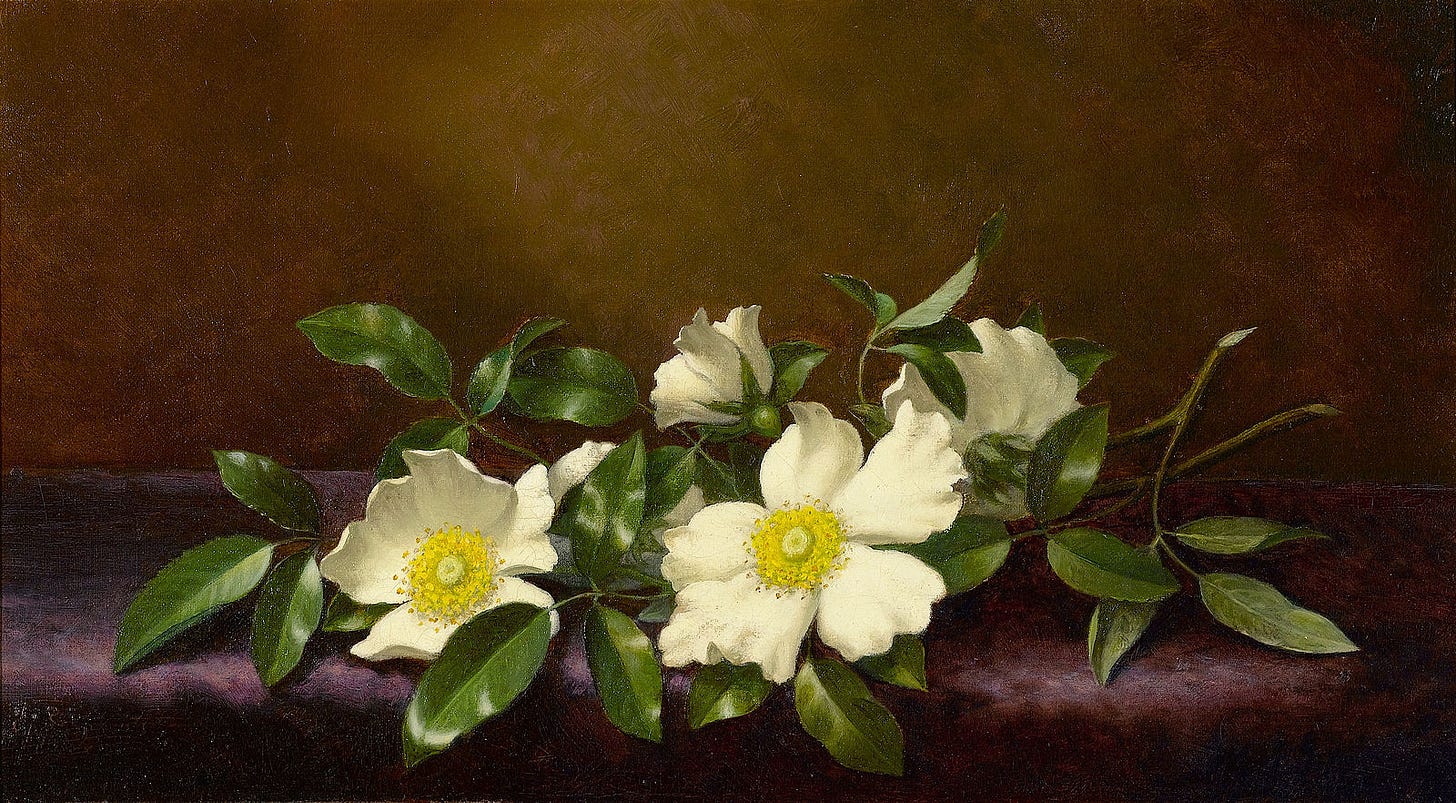
That was a February 2011 news segment recorded by journalist Sam Ford for WJLA TV, an ABC affiliate in the Washington D.C. area. In the first of two episodes about slavery among indigenous nations known as the Five Civilized Tribes, Ford explored the fact that his African American ancestors had been enslaved by members of the Cherokee Nation in the first half of the 19th century. Ford’s family members were then transported to Oklahoma Territory when the federal government expelled those who held them in bondage from their ancestral lands in the Southeastern United States.
Over the course of several decades, more than 100,000 people endured a forced migration to what became known as Indian Territory. War, forced treaties, legislation, and court-ordered expulsions made room for land-hungry whites in what is now Georgia, Florida, the Carolinas, and Tennessee: sometimes, those new landlords took over full, working plantations. The ethnic cleansing began in 1830, when gold was discovered on Cherokee land, and was largely complete by 1850. In a mass expulsion in the winter of 1838, more than 13,000 Cherokee walked 1000 miles from Tennessee to their arid new home; about 15% of those expelled from these southern states died of starvation, cold, and disease before they arrived.
The 1838 expulsion became known as the Trail of Tears. But these two decades of forced migration were a tragedy on multiple levels. The Cherokee, for example, were prosperous and peaceful. They had hoped to remain in the young United States by becoming more like the European colonizers and living in harmony with them. This was a political and cultural transformation welcomed by President Thomas Jefferson. Indeed, Jefferson’s writings on race indicate his belief that, while the descendants of enslaved Africans would always represent a distinct and inferior "race," Native people would eventually evolve to become indistinguishable from whites.
To some extent, Cherokee elites embraced this vision too. They developed a written alphabet and language, a Constitution, a formal political system, and an agricultural and business economy. And, while captivity and bondage had not been uncommon in indigenous North America, the Cherokee adapted older traditions to the modern world, incorporating the permanent racial slavery of African-descended people into their economy. During the Civil War, the Cherokee fought and lost as allies of the Confederacy.
When Emancipation came, formerly enslaved people became part of the new Cherokee Nation. Yet distressingly, in 2011, that tribal government sought to sever its ties with some of those Black descendants. After generations of welcoming those who called themselves the Freedmen, the Nation expelled 2800 citizenswho could not prove that they were genetically descended from indigenous people, a step previously taken by the Muscogee, or Creek, Nation, in 1979. Fortunately, a federal court reversed this decision in 2017, and the Cherokee Nation’s Supreme Court affirmed it in 2021.
Needless to say, entangled Black and Native American histories are both rich and vexed, and I am highlighting but one aspect of them. This past, often handed down in family stories and heirlooms, has also created a desire for some Black people, as in some whites: to discover a Native American identity. It is a reality for some and a fantasy for others. It often includes the desire for a Native American past that is accessible and retrievable—sometimes through the tangible benefits of tribal membership, but often through art, crafts, and genealogical research. They take trips to ghostly, sometimes abandoned, plantation houses where remnants of these histories tease seekers with a fragmented, lost past. For a few descendants, it has led to the purchase and renovation of dilapidated Cherokee plantation houses, abandoned by whites: some have purchased old estates, or portions of them, where their ancestors were actually enslaved.
Hundreds of YouTube videos, sometimes produced by real estate agents, provide tours of such places, future homes that they cheerfully assure viewers are "haunted" by ghosts. Who are these ghosts? It isn't clear. Nearly all mention slavery, but only in passing, as an unavoidable but safely historical “reality of the times.” Video cameras pan lovingly over peeling, white Ionic columns and wooden exteriors, sagging roofs, and brick verandas in desperate need of repointing. Others feature a fully restored home, complete with period furniture and elegant portraits of the tribal leaders whose fortunes were built on the backs of captive Africans and their children.
This is why I picked up Harvard historian Tiya Miles's novel, The Cherokee Rose: A Novel of Gardens and Ghosts, out this summer in paper from Penguin/Random House. A MacArthur Prize winner, Miles is one of our preeminent scholars of the 19th century Native American and African American past. But she is also a historian of material culture: she tells the stories that objects, houses, and images long to teach us. Miles is one of the most accomplished historians and writers I know, and the author of seven books, including The Cherokee Rose and All That She Carried: The Journey of Ashley’s Sack, A Black Family Keepsake (Random House), winner of the 2021 National Book Award.
But it was the research for Miles’s 2010 book, The House on Diamond Hill: A Cherokee Plantation Story (University of North Carolina Press), that wouldn't let go—and that led Miles to write a novel about how three women of color resolve, and uncover, a shared past on the grounds of the fictional Cherokee Rose, a plantation in Georgia. The Cherokee Rose is not only good historical fiction—it’s a book you will want to take on vacation.
Program Notes:
Tiya namechecks Philip J. Deloria’s Playing Indian (Yale, 1998); she also mentions curator and documentary historian Rayna Green.
Listeners who want to explore the interrelations of African Americans and the Cherokee Nation further may wish to read Celia E. Naylor, African Cherokees in Indian Territory: From Chattel to Citizens (University of North Carolina Press, 2008) and Barbar Krauthammer’s Black Slaves, Indian Masters: Slavery, Emancipation, and Citizenship in the Native American South (University of North Carolina Press, 2013.)
In pointing to the complexities of relationships between Black women, Tiya reminds us of Audre Lorde’s 1981 essay, “The Uses of Anger: Women Responding to Racism.”
Claire and Tiya discuss how young people may have difficulty writing the histories they want and need to write, and problem that caused the fictional character Jinx to leave graduate school. Readers who wish to learn more about the obstacles facing women of color in higher education may wish to read Kimetta R. Hairston, The Ivory Tower: Perspectives of Women of Color in Higher Education (Rowman and Littlefield, 2022.)
Claire explains how her admiration for African American history as a field was sparked by Deborah Gray White, whose book Ar'n't I a Woman? Female Slaves in the Plantation South W.W. Norton, 1985.)
Tiya makes some recommendations about where your interest in her work might take you, including the work of Alaina Roberts, Kyle T. Mays, and Kendra Taira Field.
You can listen to this podcast by downloading from this newsletter, or you can subscribe for free on Apple iTunes, Spotify, or Soundcloud. You can also find Tiya Miles at her Substack, Carrying Capacity.
If you enjoyed this episode, try:
Episode 2, The First Family of Abolition: A conversation with historian Kerri Greenidge about her new book, "The Grimkés: The Legacy of Slavery in an American Family."
Episode 16, The Sunlit Path of Racial Justice: A conversation with historian Matthew Pratt Guterl about his new book, "Skinfolk: A Memoir."
Episode 26: Lost and Found: A conversation with historian Martha Hodes about her new memoir, "My Hijacking: A Personal History of Forgetting and Remembering."
Episode 30: Inventing A White Race: A conversation with historian and visual artist Nell Irvin Painter about her book, "The History of White People."













Share this post